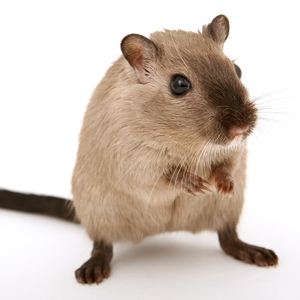 Smart Citations
Smart CitationsSee how this article has been cited at scite.ai
scite shows how a scientific paper has been cited by providing the context of the citation, a classification describing whether it supports, mentions, or contrasts the cited claim, and a label indicating in which section the citation was made.
Effects of edaravone on oxidative protein modification and activity of gelatinases after intracerebral hemorrhage in rats with nicotinamide-streptozotocin induced diabetes
Stroke, especially hemorrhagic form, is one of the most serious comorbidity disease of Diabetes Mellitus (DM), often associated with high mortality, particularly in Type 2 DM (T2DM). Therefore, it is relevant the search for drugs with a metabolically justified protective effect. Edaravone (Eda) is widely used for treating ischemic stroke, but its biochemical effects in Intracerebral Hemorrhage (ICH) associated with T2DM are still not confirmed. The aim of the study was to assess the impact of Eda on the markers of Oxidative Modification of Proteins (OMP), such as Advanced Oxidation Protein Products (AOPP), neutral and basic carbonyls (PC370 and PC430), Advanced Glycation End products (AGEs) and Ischemia Modified Albumin (IMA) as well as on the activity of matrix metalloproteinases MMP2/MMP9 (gelatinases) in rats with experimental T2DM after collagenaseinduced ICH. Metformin was used as a comparative drug. The data obtained indicate that ICH in diabetic rats is accompanied by an increase in AOPP, PC370, AGEs, and mature forms of both gelatinases. On the contrary, IMA and proMMP9 were below normal level after ICH. Both studied drugs decreased the OMP markers to the levels of intact rats or lower, and Eda demonstrated a more potent effect. Besides, Eda decreased the activity of MMP9 and changed progelatinases activity. We conclude that Eda has a perspective to be useful in the treatment of comorbid brain hemorrhage in T2DM due to inhibition of oxidative stress and modulation of gelatinases activity.
How to Cite

This work is licensed under a Creative Commons Attribution-NonCommercial 4.0 International License.
PAGEPress has chosen to apply the Creative Commons Attribution NonCommercial 4.0 International License (CC BY-NC 4.0) to all manuscripts to be published.

 https://doi.org/10.4081/jbr.2022.10554
https://doi.org/10.4081/jbr.2022.10554





